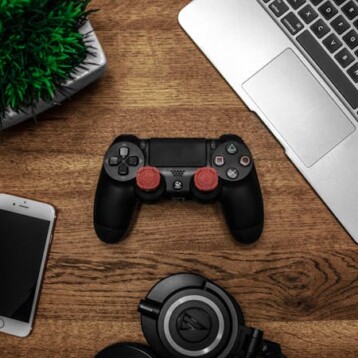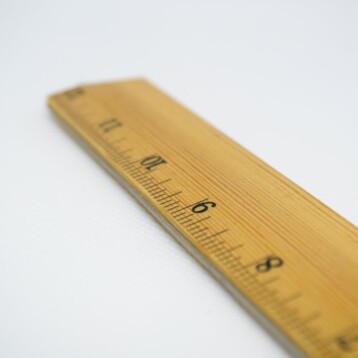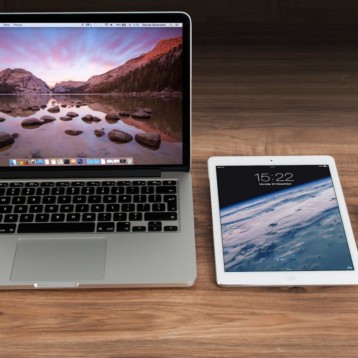Amazon’s announcement of a new generation of its “Kindle” e-reader finally came yesterday after weeks of intense speculation on the product within the online community. The new e-reader sports a sleeker, slimmer and more compact design than its predecessor. The device has already received mixed reviews, with some users praising Kindle 2 on its comfortable design, others criticizing Amazon for an insufficient, in their opinion, upgrade from Kindle 1.
Perhaps one of the most interesting new features of Kindle 2 is its ”Broadsheet” microchip technology – jointly developed by Epson and E Ink, it boosts the performance of electronic paper displays by speeding up the user interface and allowing for much faster navigation through the menus. At the heart of the technology is a controller IC, which enables the display to perform up to 16 tasks in parallel. With this new chip, the Kindle 2 display can be broken up into 16 separate screens that can be updated in parallel, which directly translates to a faster refresh rate and better responsiveness – especially noticeable in tasks such as searching or zooming in on a page. Furthermore, this new technology allows for higher resolution with 16 shades of grey and results in clearer and sharper image.
The new e-book reader sports a 6-inch display and is merely 0.36 inches thick, which is almost half the thickness of Kindle 1. Amazon has simplified Kindle’s user interface and freed up some of its “button space” by adding a 5-way controller, through which users can access the various menus on the device. A big change in the Kindle 2 came in the form of the gadget’s storage capacity, which has increased considerably from the original Kindle 1 and can now store up to 1,500 books according to Amazon. Another notable improvement of the new model is a 25% increase in its battery life, which, according to Amazon, will allow users to read for days without recharging the device. The feature that caused quite a bit of excitement was Kindle’s “Read-To-Me” – text-to-speech converter which received some excellent reviews as users reported it to be accurate and easy to use.
Kindle 2 retains the full functionality of its predecessor, continuing to provide users with a book searching option as well as allowing them to add notes to the book pages. As with the original model, Kindle 2 offers wireless access, using Sprint’s 3G network to enable free and unlimited internet connectivity. In this way, users can download online materials at any given time regardless of their location. The new device additionally comes with built-in Wikipedia access, which together with its wireless free internet connectivity enables users to look up any term on the site at any given time.
Kindle 2 is also equipped with a wireless syncing service, which can be used to synchronize two e-readers allowing users to alternate between the devices without “losing” the page they were reading. Amazon has already announced its intentions to expand this synchronizing service to other wireless products by offering Kindle book format support in a variety of devices such as the iPhone and iPod Touch.
While the majority of reviews praised Kindle 2, saying Amazon has unveiled a truly impressive upgrade to the already popular e-book, the new device was also met with some criticism. One of the more common complaints was in regards to the product’s relatively high price, which is set at $359. Some have also expressed concerns about the device’s internal storage – currently at 2GB, Kindle does not have the option to expand it storage, significantly reducing the product’s value in the eyes of some users. Among Kindle’s low-points users also cited the lack of color and touch-capabilities of the display as well as lack of PDF support.
Be sure to check out TFOT’s review article of the Cybook Gen3 e-book, which takes a close look at the current and future state of electronic-paper technology. You are also welcome to read our article discussing the future of electronic paper.
More information on Kindle 2 can be found here.









